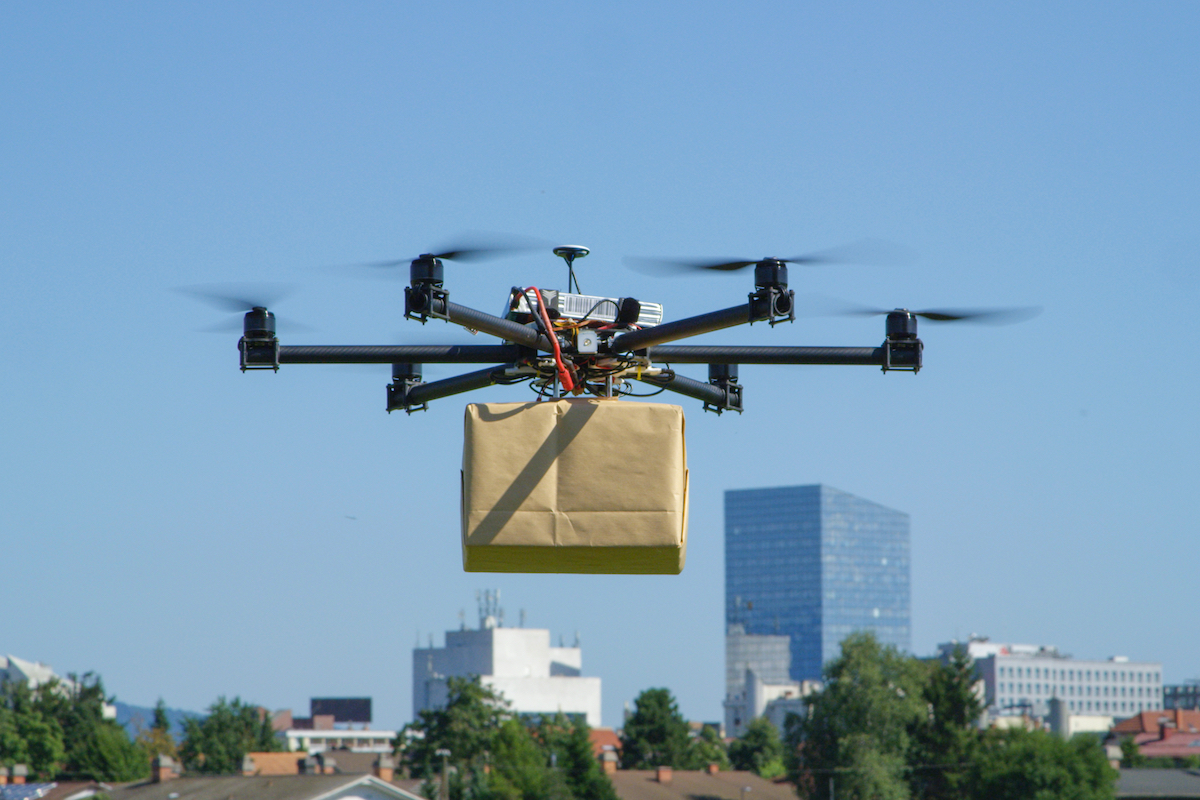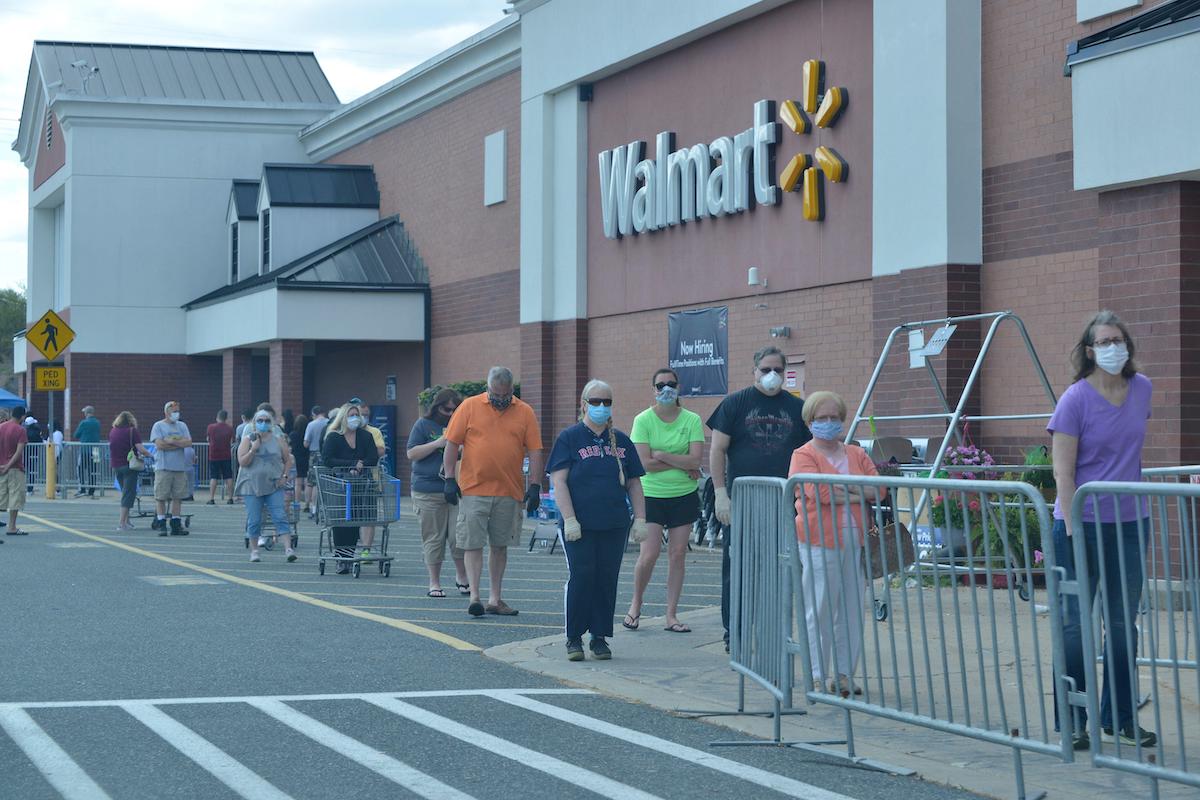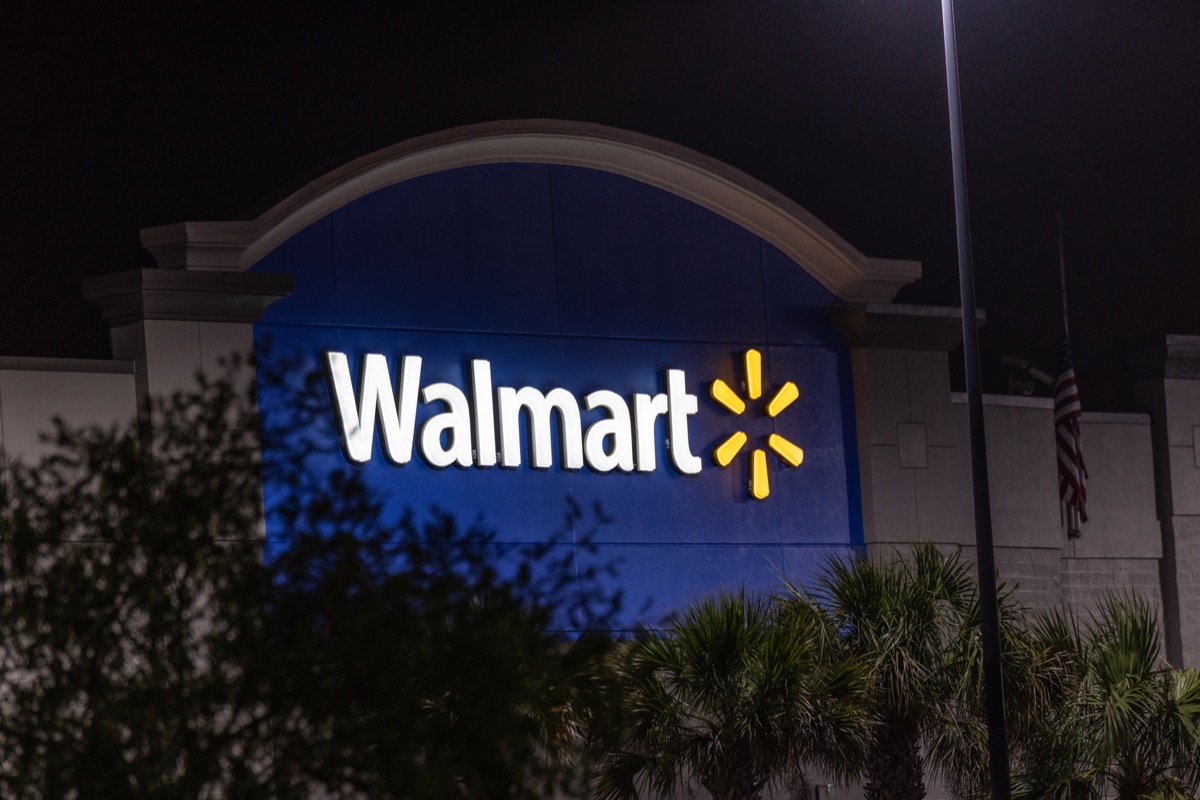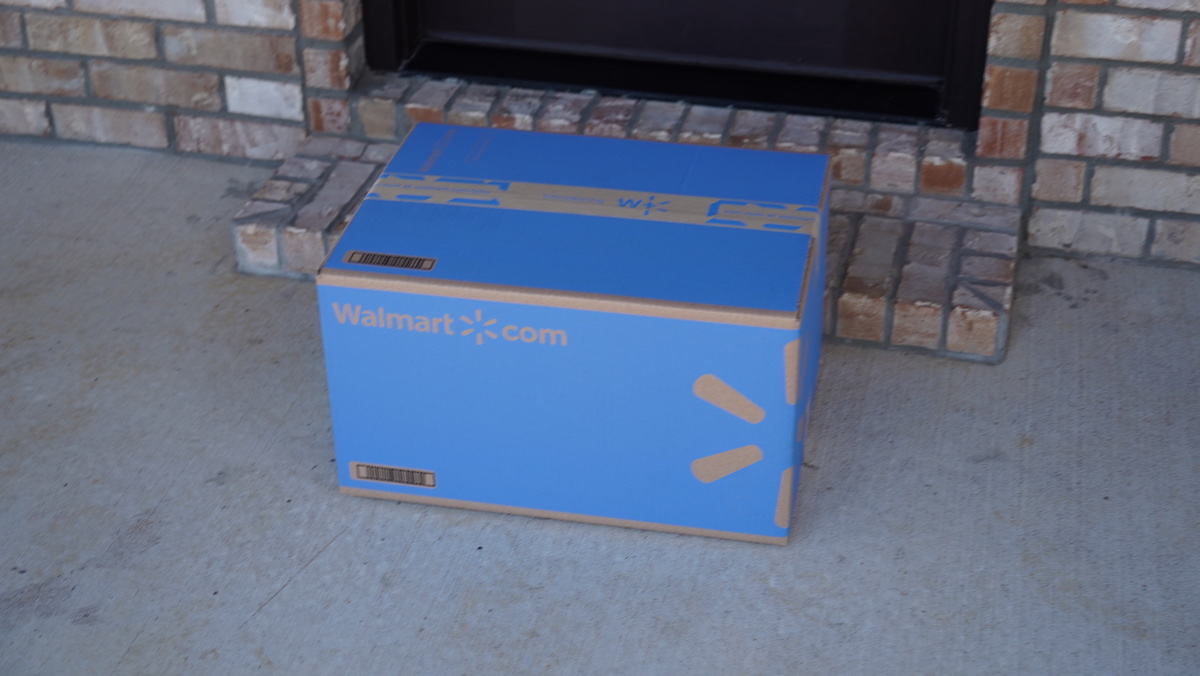The testing kits, which will also be available on Sam’s Club’s site, are supplied by Los Angeles-based home-testing startup company MyLab Box. There are currently three varieties of tests—a nasal swab test, a saliva sample test, and a kit that tests for both COVID-19 and the flu. The kits will be priced between $99 and $135. Upon purchase, customers receive a unique code that prompts them to take a health survey. If the customer meets all medical requirements, a physician order is generated and the testing kit is mailed out. Regular shipping will take two days, although customers can pay for a faster delivery. “Some test collection kits even come with a telehealth call if a positive result occurs,” Lori Flees, the senior vice president and chief operating officer of Walmart’s U.S. Health & Wellness division, explained in a blog post on the company’s site. MyLab Box was founded in 2013 and originally focused on home-STD testing. When the pandemic started, it pivoted to offering COVID-19 tests, but was delayed by the Food and Drug Administration (FDA) over concerns that the only available test at that time—the nasopharyngeal swab that goes deep into the nasal cavity—was too difficult to be reliably carried out by the public, and prone to misleading results. The expansion of more straightforward tests, particularly saliva tests and front-of-nostril swabs, has simplified the process and allowed the FDA to give emergency use authorization to MyLab Box and other at-home collection kits. Here are more changes at Walmart as a result of the pandemic, and for other news from the retail giant, check out Walmart Just Got Rid of This Despised Policy. Read the original article on Best Life. Walmart has been testing out drone delivery in various markets, and soon, it could apply to these home COVID tests too. “Walmart is also learning from our drone delivery pilots of at-home COVID-19 self-collection kits,” Flees wrote. “This was a new way to provide additional, and contactless testing options in North Las Vegas, Nevada; Cheektowaga, New York; and currently in El Paso, Texas.” And for more recent news from Walmart, check out Walmart Is Doing This Again as COVID Surges. In mid-October, Walmart announced they’d be limiting capacity, and as of Nov. 14, the retail superstore resumed counting customers upon entry to monitor capacity in order to restrict crowding and allow social distancing. In April, Walmart limited stores to 20 percent of capacity. But the chain eased up on its capacity limits in late summer and early fall when COVID numbers were dropping—moving to only limit the number of people based on “various state and local ordinances.” “We know from months of metering data in our stores that the vast majority of the time our stores didn’t reach our self-imposed 20 percent metering capacity,” Kory Lundberg, a Walmart spokesperson, said in a statement to CNBC. But as surges began, Walmart started cracking down again. “Out of an abundance of caution, we have resumed counting the number of people entering and leaving our stores,” Lundberg said. The capacity limit translates roughly to five customers per 1,000 square feet of floor space in each store. Walmart extended its hours starting Nov. 14, opening from “7 a.m. to 11 p.m. until further notice,” the company tweeted when they announced the news. “This will give customers more time to shop and help us disperse traffic throughout the day. Stores with more reduced hours will keep current hours of operation.” For months, the hours had been 7 a.m. to 10 p.m. And for more retail updates, sign up for our daily newsletter. Walmart announced that its subscription service Walmart+ would be dropping its $35 order minimum for free one- or two-day shipping, beginning Dec. 4. It’s a way for Walmart+ members to receive free speedy shipping no matter how much is in their cart, helping consumers who don’t feel comfortable shopping in-store during the pandemic, but don’t want to have to spend a fortune to get their necessities quickly. However, “delivery from Walmart stores on items like groceries will still carry a $35 minimum,” the company’s press release reads. And for more on what’s selling out at the superstore, check out You May Not Be Able to Find These Items on Your Next Trip to Walmart.ae0fcc31ae342fd3a1346ebb1f342fcb



